Celiacs can have wheat starch. I wish I could tell you this; however, there are some crucial factors to consider before coming to a conclusion. Wheat starch is an essential ingredient in many dishes as it works as a binding ingredient, helps moisture retention, and improves texture. But is wheat starch gluten free?
Wheat starch is gluten free and is allowed in gluten free food, according to the FDA. Wheat starch undergoes a process to remove gluten, and the final product contains less than 20ppm gluten. The starch is processed by dissolving the water-soluble starch that follows evaporation.
Let’s dive deep and understand the ultimate gluten content in wheat starch. If you want to find out the complete procedure, too, keep scrolling through. I have shared some gluten free wheat starch alternatives as well, so make sure to throw a glance at them as well.
Table of Contents
Is Wheat Starch Gluten Free?
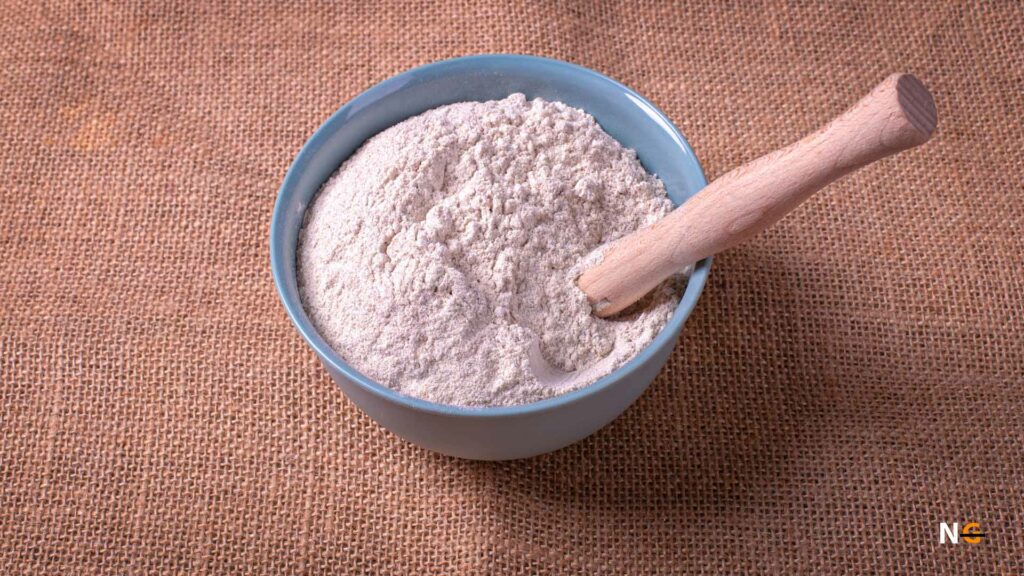
As per FDA’s gluten free food rules, wheat starch is gluten free and is allowed in gluten free food. The Food and Drug Administration says that after the starch undergoes evaporation, it gets off any heavy gluten substance.
The evaporation system reduced the gluten content to less than 20ppm gluten. Such a small amount of gluten is considered safe for even celiacs. Wheat starch is not wheat grain or wheat protein. The starch is also not intended to contain any gluten. Therefore, regardless of its name, wheat starch is safe for people with gluten allergies.
Having said it, we cannot claim that it’s 100% free of gluten. Plus, depending on the extent of processing, the gluten content in wheat starch will vary. What FDA said was based on a standard limit and test, which may vary for different processes.
So what should celiacs do? Should they avoid wheat starch? The best thing to do would be to check the package label. If the manufacturers of wheat starch or the products containing the wheat starch claim that it contains less than 20ppm gluten and have undergone the gluten free test, celiac paitents can have it.
Also, consult your dietician or health expert and ask what they have to say about consuming wheat starch. Making conscious food decisions is extremely important when you are living with gluten sensitivity or gluten allergy.
Related Posts:- Is Sushi Rice Gluten Free?
How Is Wheat Starch Made?
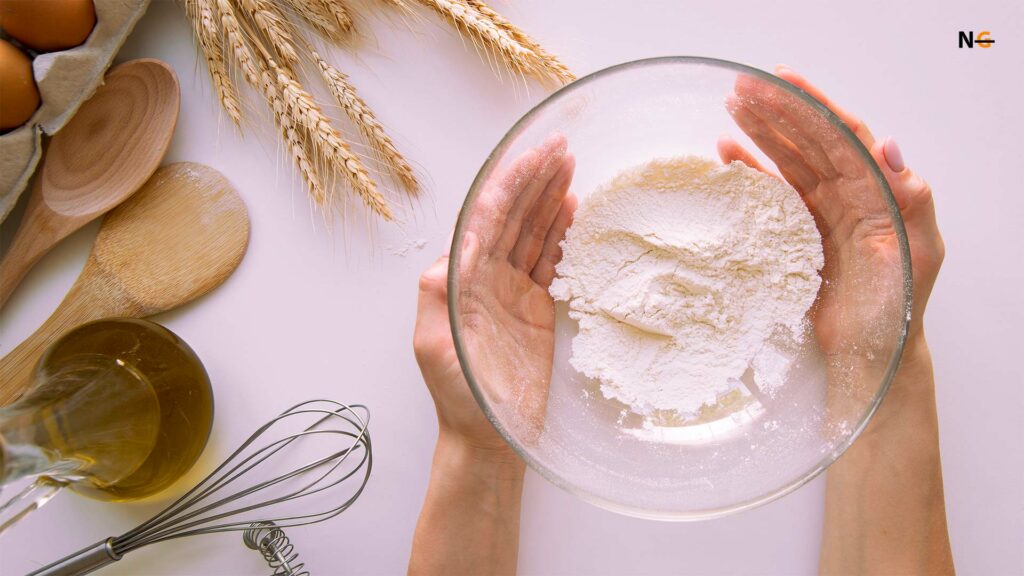
Wheat starch is simply made by dissolving the water-soluble starch and evaporating the water. The final outcome is the fine powdery starch derived from grains. But the gluten protein is removed while making the starch, so wheat starch does not provide any elasticity to food.
Starch simply works as a thickening ingredient. The reason gluten gets removed from wheat grains is that it goes through some extra processing where the heavy gluten compounds are eliminated from it.
What Are The Uses Of Wheat Starch?
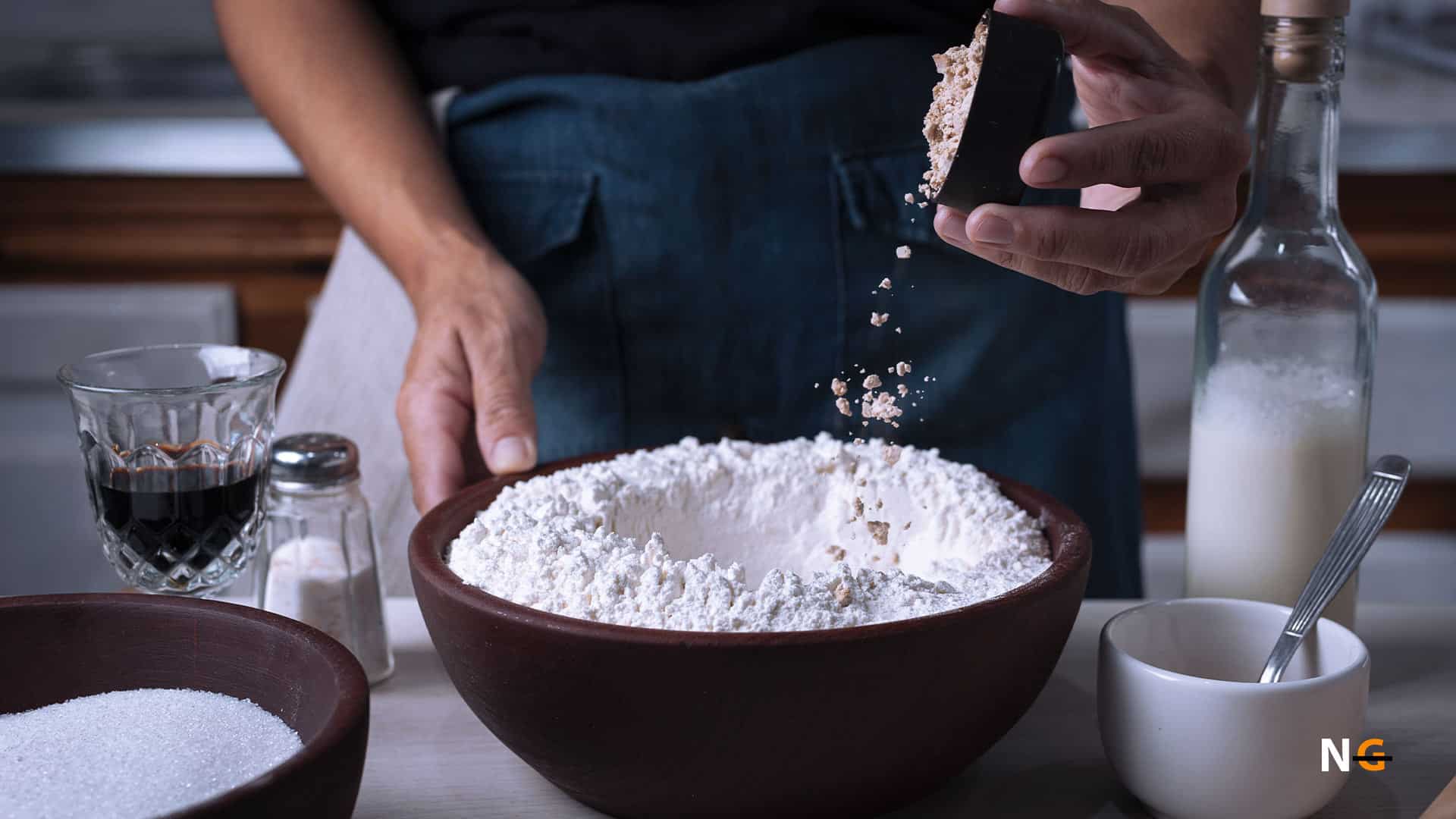
Wheat starch is a key component in different dishes. It mainly works as a thickener; hence it is always present in dishes like gravies, soups, and sauces. Doughs like Chinese dumplings also use wheat starch, and even dessert recipes like puddings and pie fillings use this thickener as well.
Wheat starch helps dishes with texture, moisture retention, viscosity, and gel formation. It works as a glazing agent, stabilizer and emulsifier as well.
Apart from working as a cooking ingredient, wheat starch is also used in facial packs. Wheat starch helps clean your skin from excess oil from the pores and gets rid of the impurities.
Is Wheat Starch Healthy?
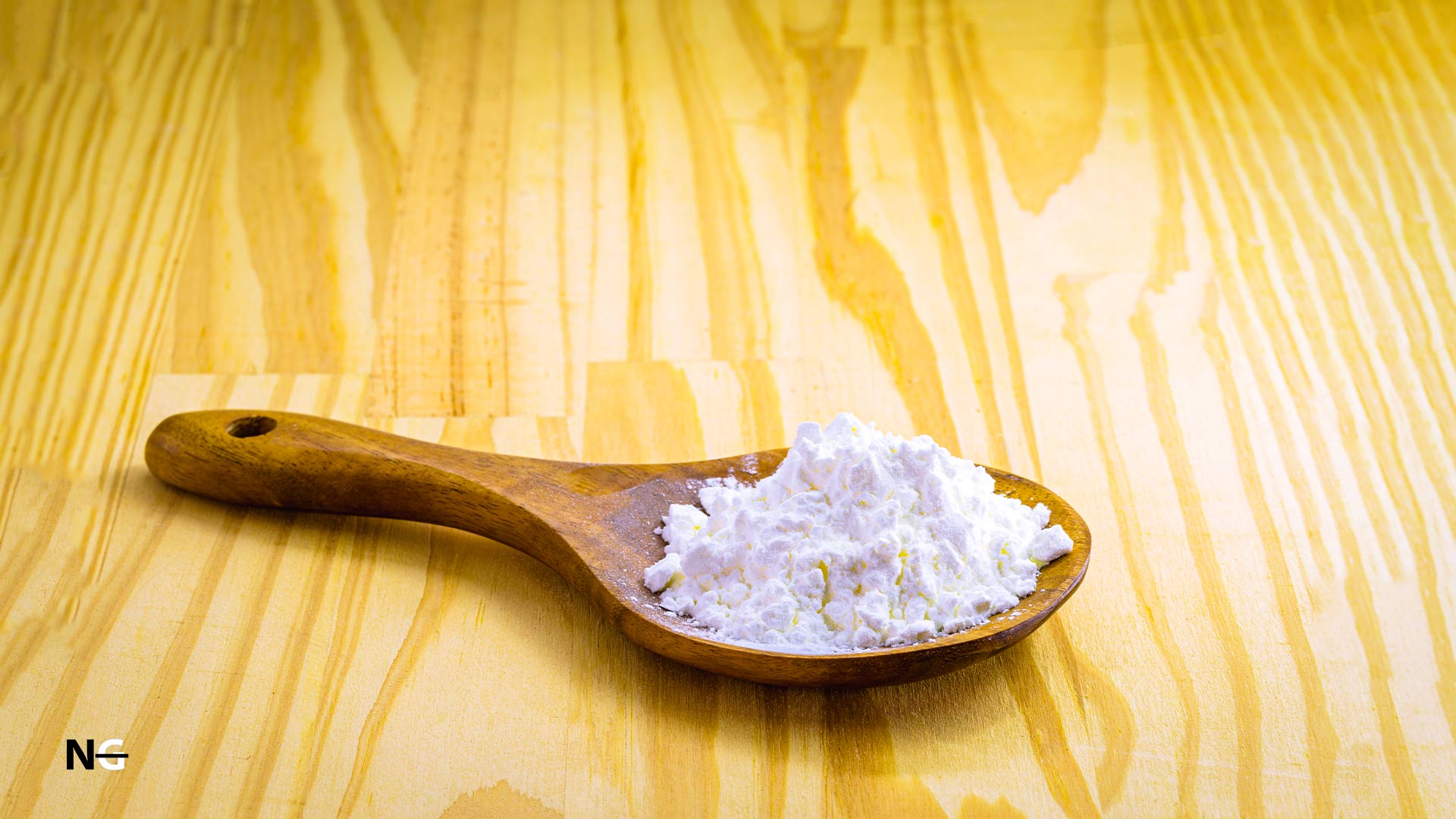
Wheat starch is a healthy ingredient. Starch lacks any minerals, vitamins, and other micronutrients, but it is a good source of carbohydrates. Wheat starch is a complex molecule where plants store energy. Therefore, these are just pure calories.
For instance, one cup of wheat starch contains about 385 calories and 380 of which are carbohydrates. This one cup of wheat starch contains 1 gram of protein and less than 3 grams of fat. A cup of wheat starch also provides 4% of your daily recommended iron intake.
Seeing these, I can say that eating wheat starch moderately is perfectly fine and won’t harm your health.
Check Out These 5 Best Gluten Free Wheat Starch Substitutes
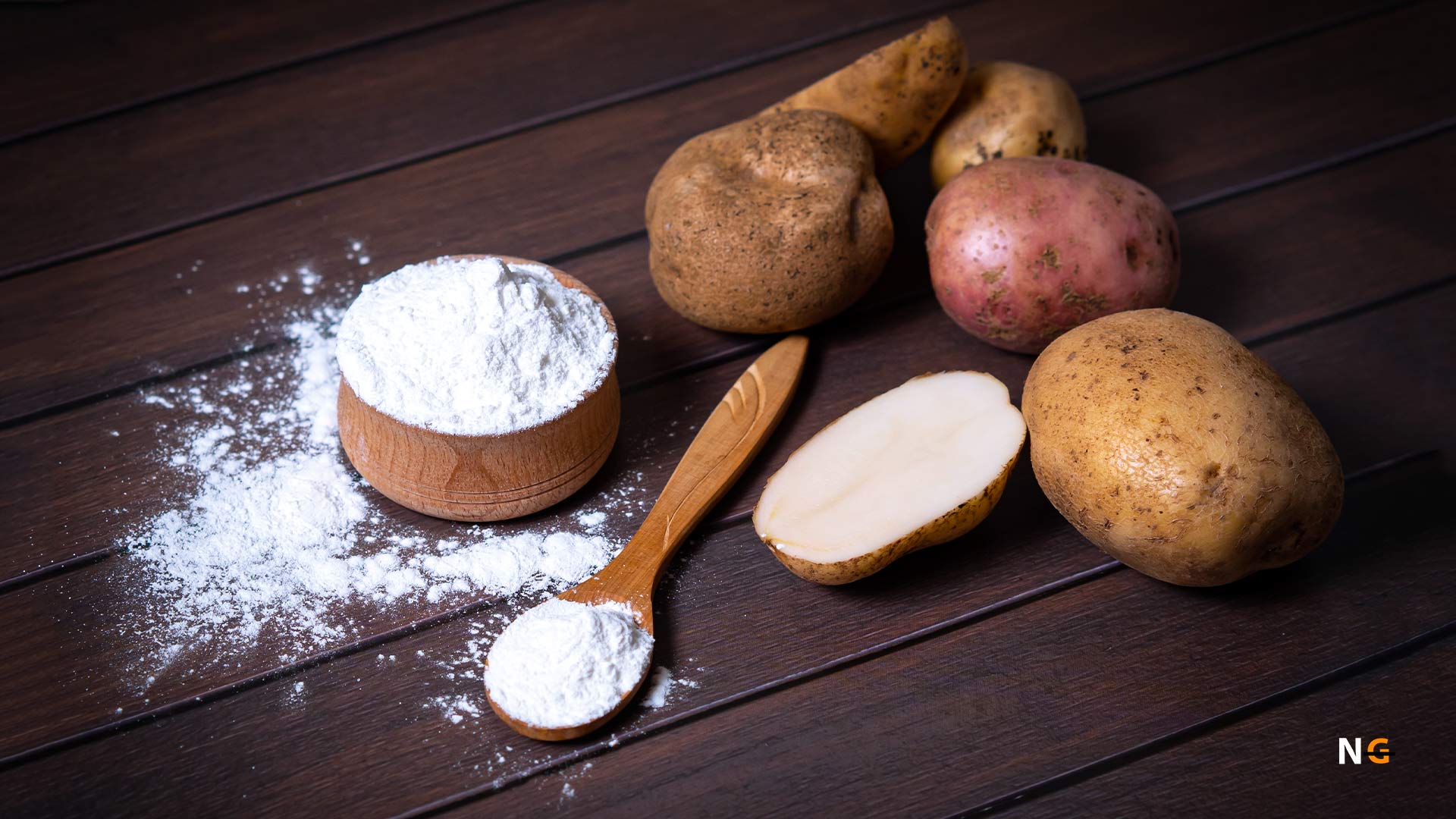
Although gluten gets eliminated while making wheat starch, some celiacs still don’t feel safe consuming it. Also, wheat starch is gluten free but not wheat-free, so the risk of wheat allergy is still there.
Here are some wheat starch alternatives that are completely gluten free and wheat-free-
1. Potato Starch
Potato starch is an excellent alternative to wheat starch which is entirely gluten free. Potato starch has the same consistency and texture as wheat starch. Replace potato starch with wheat starch in the same quantity.
2. Corn Starch
Another gluten free wheat starch alternative is corn starch. Corn starch is as popular as wheat starch and is used in numerous dishes. Corn starch works as a great thickening ingredient in soups, gravies, and stews, just like wheat starch.
3. Arrowroot Powder
Arrowroot powder has high fiber that provides the same consistency and thickness in your recipes. It’s completely gluten free and healthy as well. But the only drawback of arrowroot powder is that it cannot withstand high cooking temperatures.
4. Tapioca Starch
Tapioca has a neutral taste and provides the perfect consistency to your food, just like wheat starch. Tapioca starch is completely gluten free as it’s extracted from the cassava root, and there are no gluten substances in it.
5. Guar Gum
Guar gum is a healthier alternative to wheat starch. This vegetable gum is made from guar, a kind of legume. Guar gum has low calories and high fiber content, due to which people prefer to use it over other types of starches.
Conclusion
Going gluten free is all about making conscious food choices. After considering all the facts, it’s safe to say that wheat starch contains less than 20ppm gluten, making it safe for gluten allergic people.
But while it’s free from gluten, it’s not free of wheat. Some people might also be allergic to wheat; if you are one of them, go for the other wheat starch substitute I mentioned here.
FAQs
What Is The Difference Between Wheat Starch & Tapioca Starch?
The only key difference between tapioca starch and wheat starch is the source from which they are extracted. Tapioca starch is made from the cassava root; whole wheat starch is made from grains.
Is Wheat Starch Same As Corn Starch?
Texture and consistency wise, wheat starch and corn starch are both the same. But corn starch is not derived from any gluten ingredients, while wheat starch is.
Is Wheat Starch Used In Baking?
Yes, wheat starch is one of the common types of starch used in baking, apart from corn, tapioca, and potato starch.
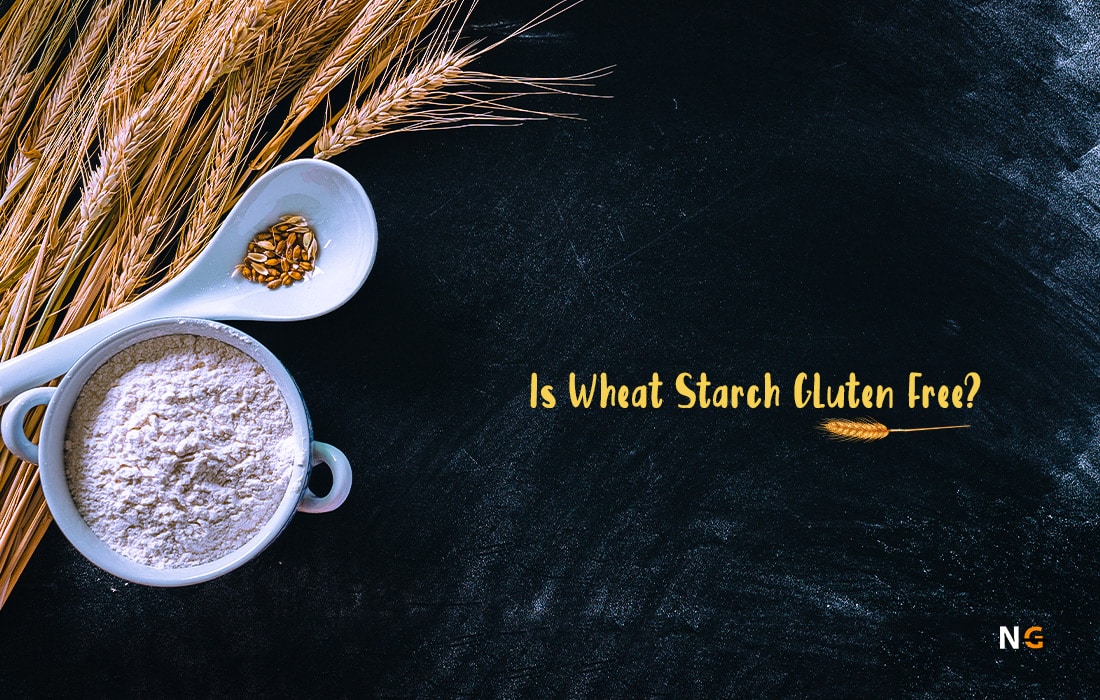

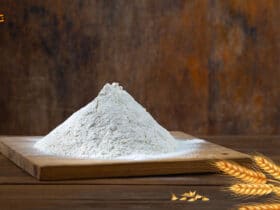




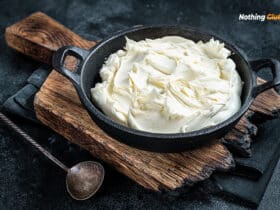

Leave a Reply
View Comments